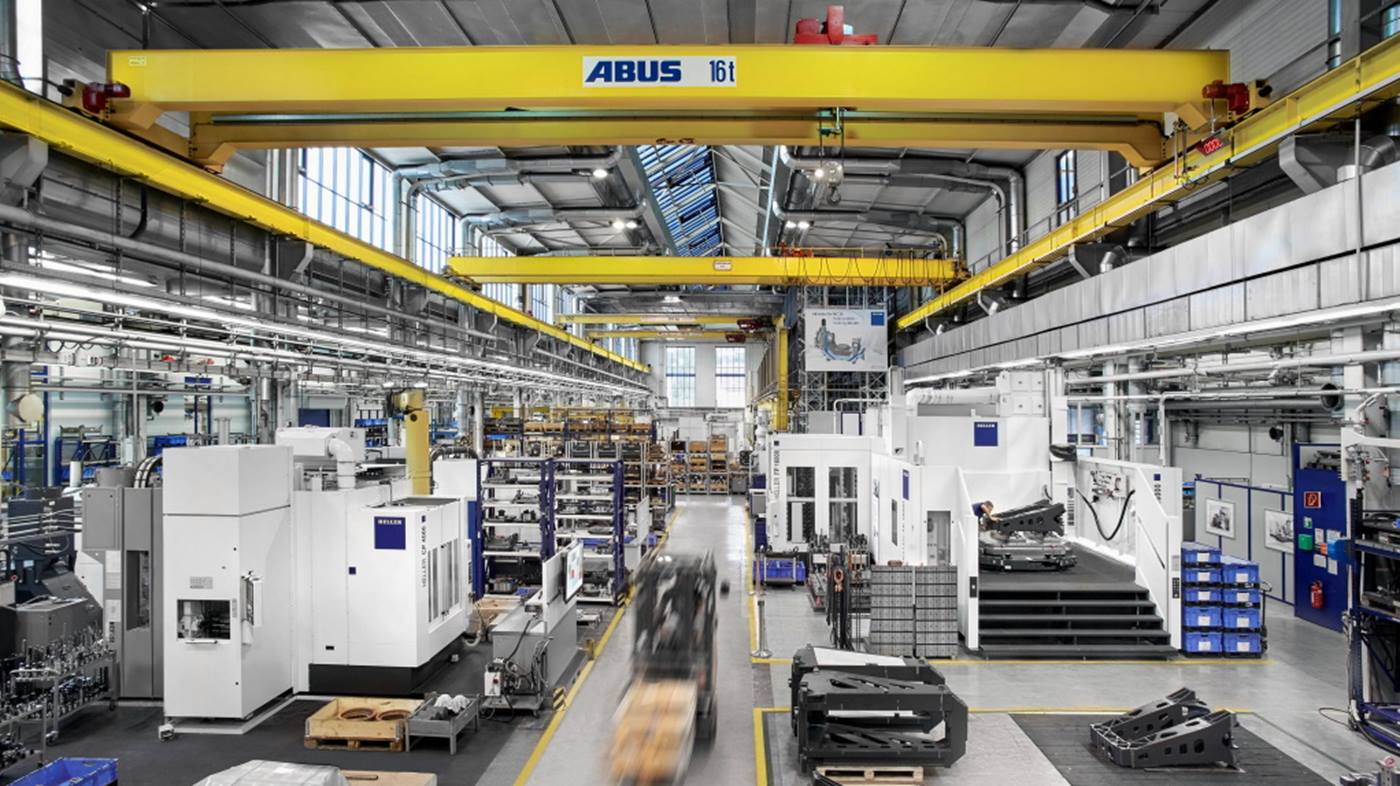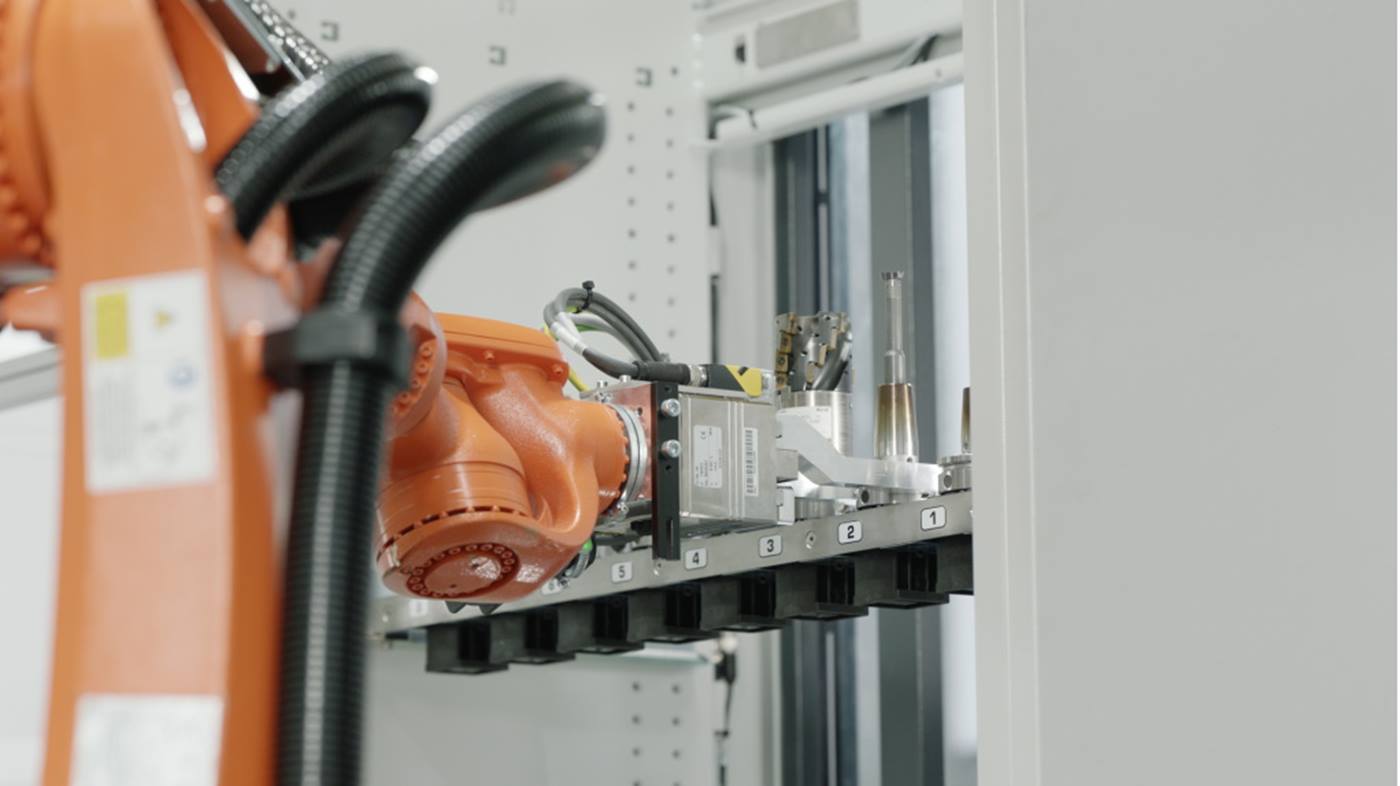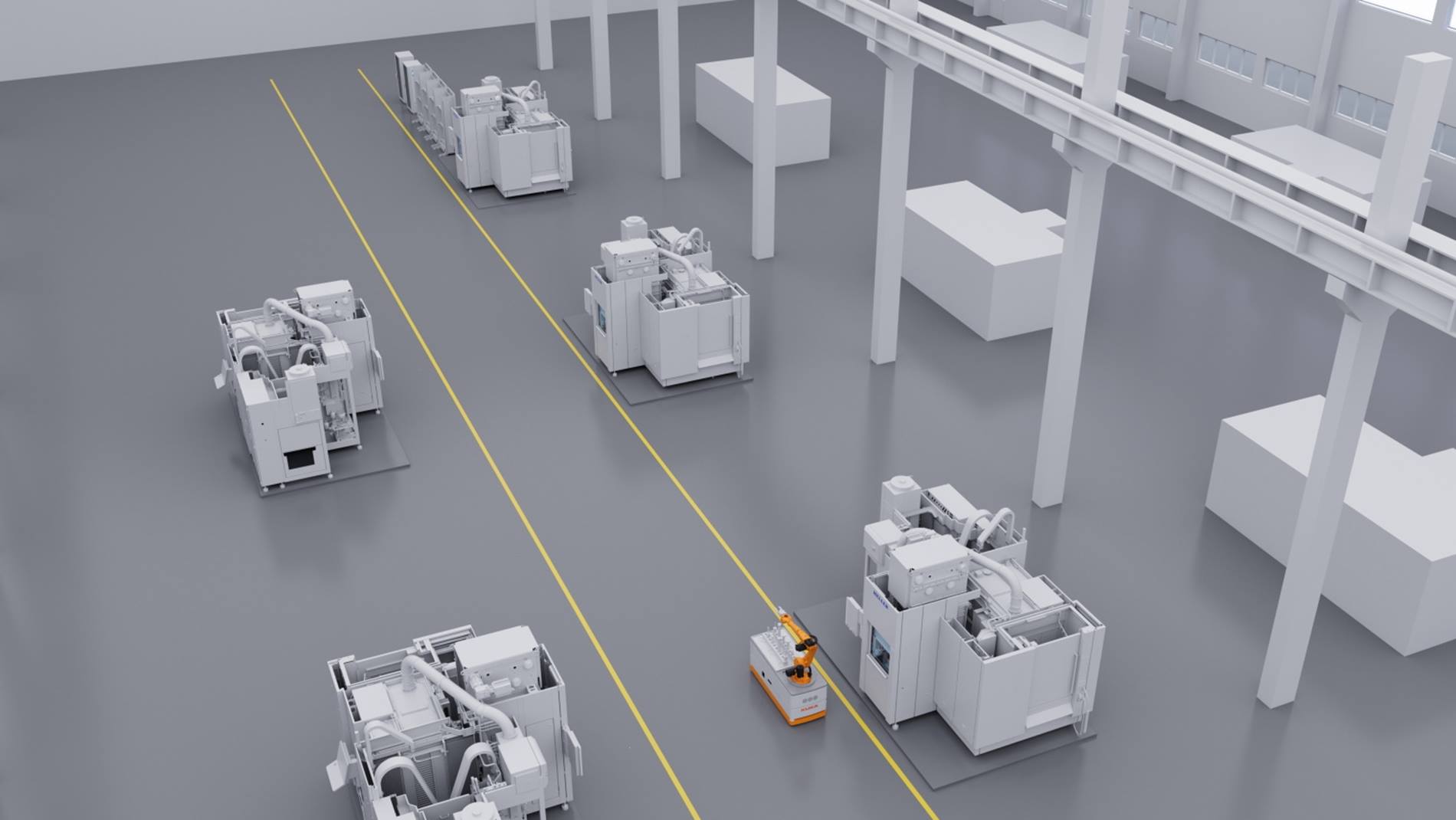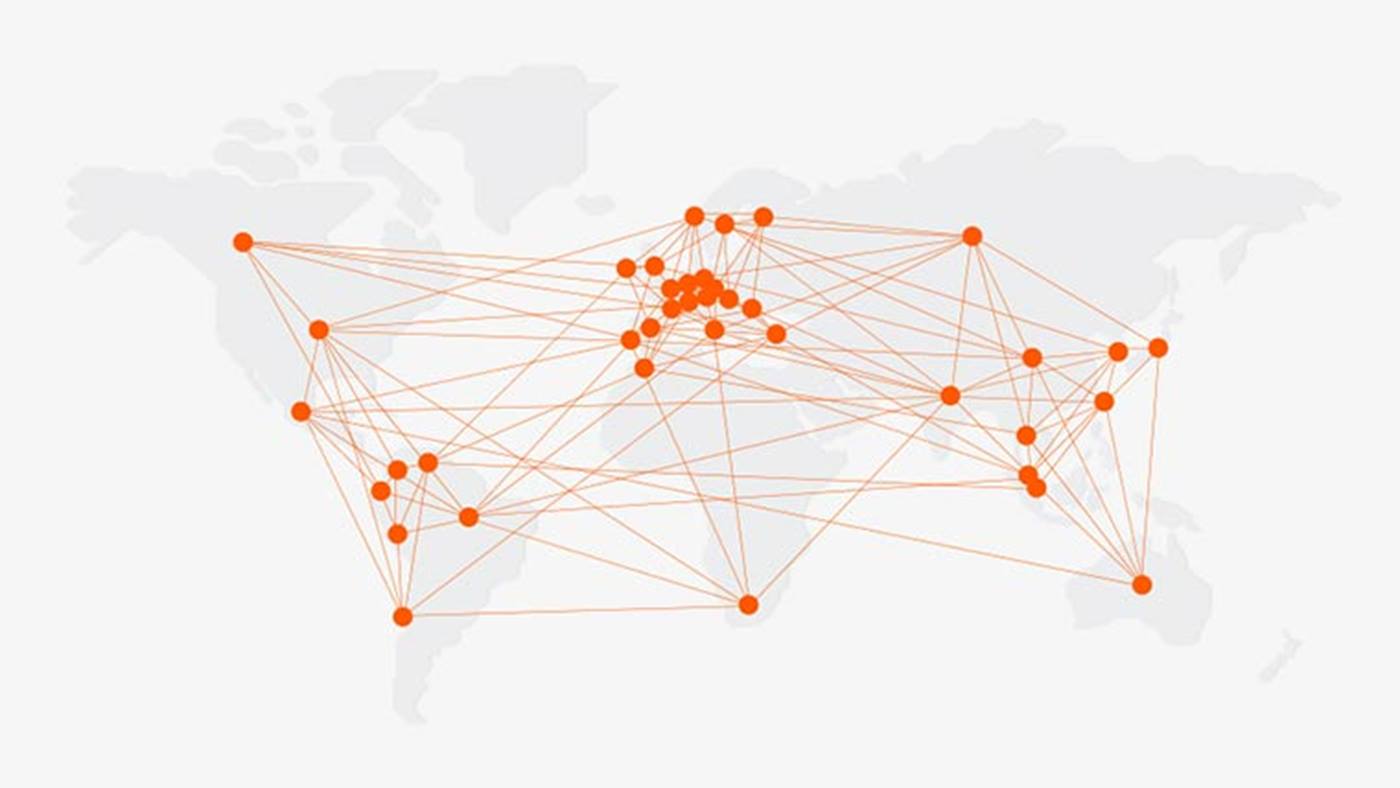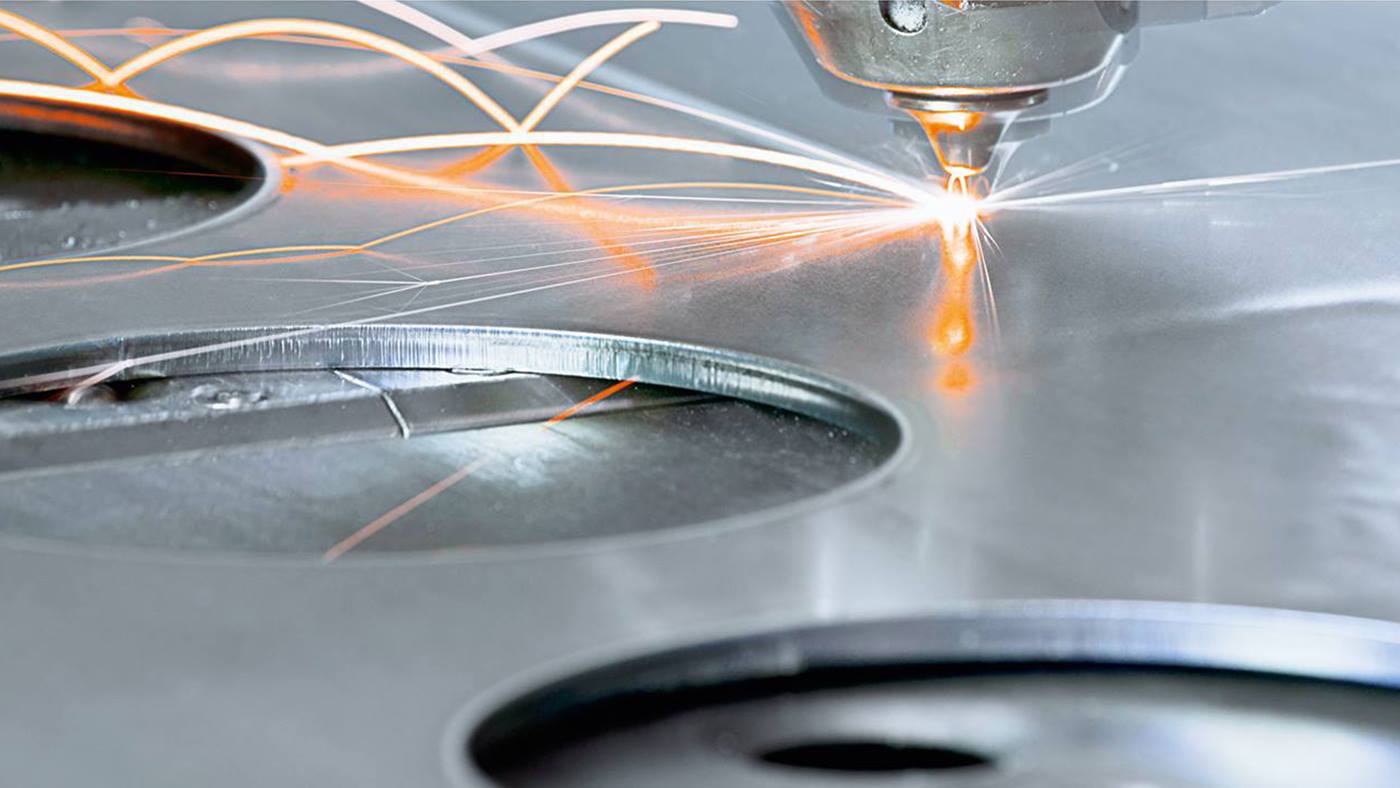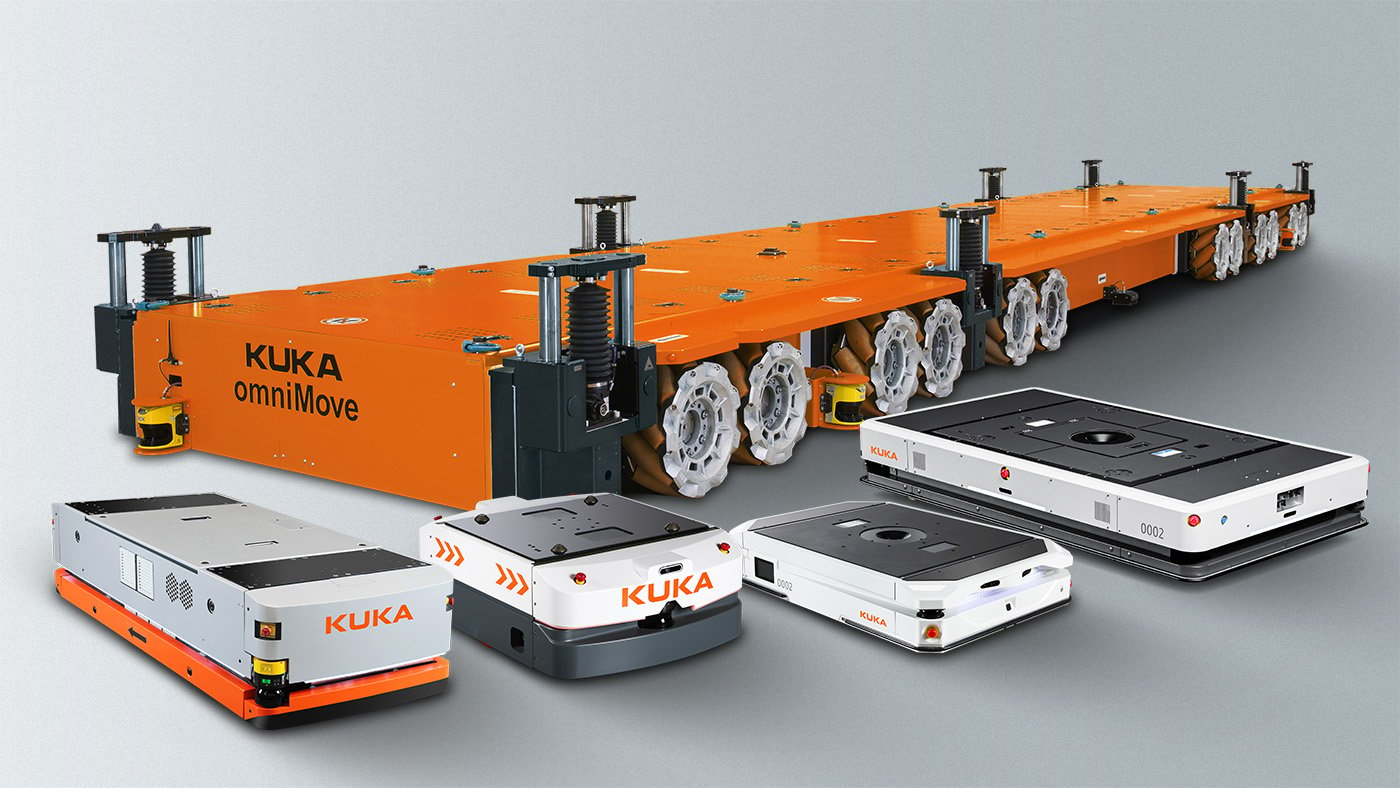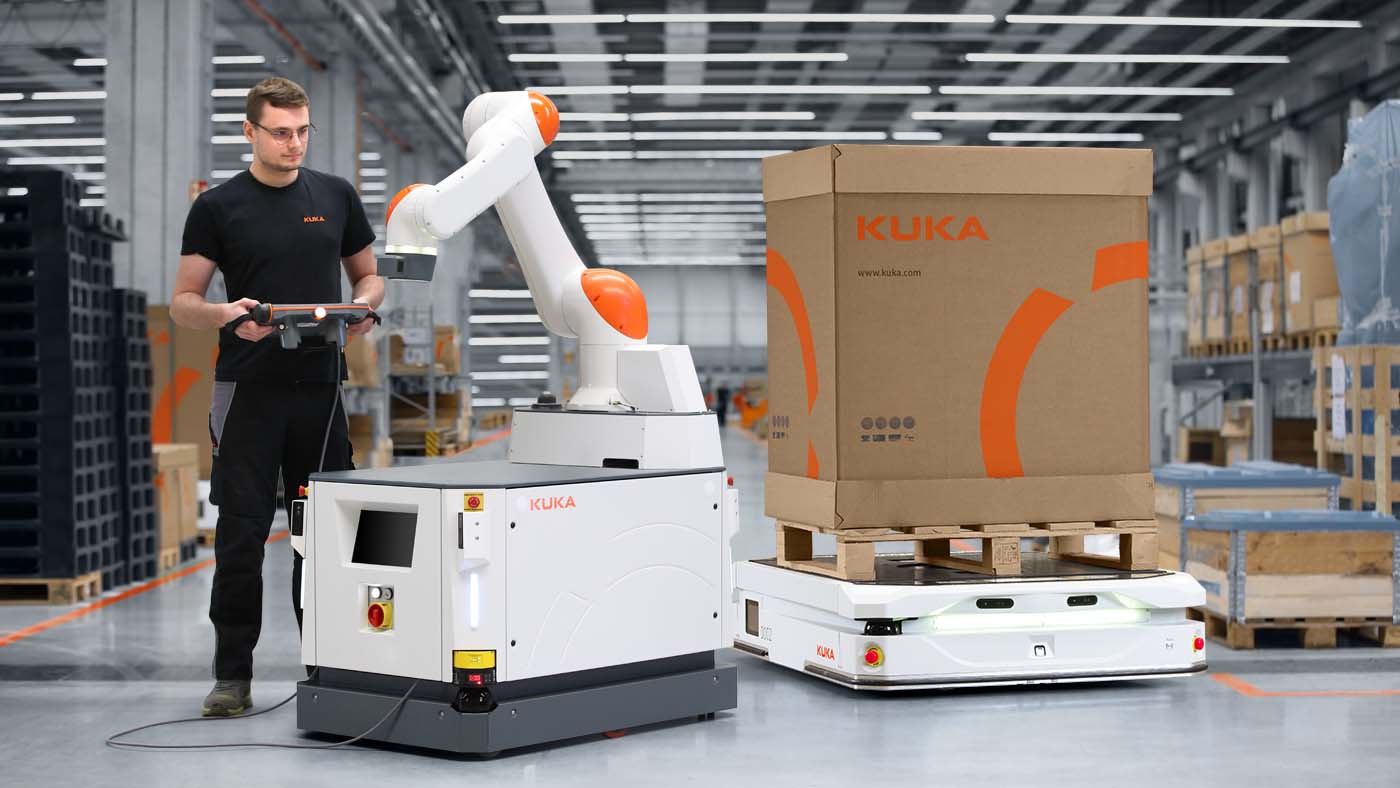Automation for machine loading still in its infancy
Individual customer requirements – including high-mix, low-volume production at high speed – pose challenges for industrial companies, along with a shortage of skilled workers and rising prices for raw materials and services. Automation can solve these problems, and many forms of automation already are well advanced, including palletizing, handling and assembly tasks, and workpiece machining. But flexible and automated loading and unloading of machines with tools remains in its infancy. Together with KUKA, the globally active HELLER Group has launched and implemented a pilot project that aims to close this specific gap.


